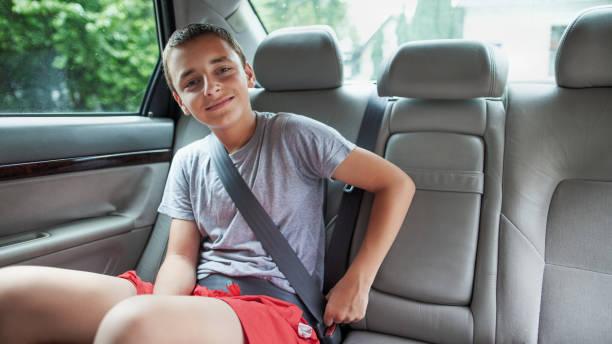CLICK IT OR TICKET ---MAY 19 to JUNE 1
The Challenge of Tweens and Belts
NHTSA data show that as children get older, they are less likely to want to buckle up. In 2016, 262 children 8 to 12 years old were killed in crashes. Nearly half of those who died were not wearing seat belts.
Teens test limits. It’s how they learn and grow. That’s why it’s critical that they absorb the message now that the car doesn’t move until everyone in the vehicle is buckled up. After a while, it won’t be a fight; it will be second nature. It’s a lifesaving lesson that they’ll carry with them always. Different approaches are more effective for different ages.
Elementary School-Aged Children (Typically ages 8 to 12)
Emphasize short-term consequences and rewards. For example, consider handing over or withholding your child’s electronic device as a reward or punishment for wearing or not wearing a seat belt. Here are some tactics to tr
“After you buckle up, you can play with your [electronic device].”
“Not buckling up means not going to [that super-fun place]. It’s your choice—buckle up, or we stay home.”
“I know we take this [short] trip every day, but most deadly crashes happen near people’s homes.”
“We may be driving slowly, but most deadly crashes happen at speeds of less than 40 miles an hour.”
Middle School-Age Children (Typically Ages 13 to 14)
This age group is motivated by the law—for example, seeing the police. Let these kids know about the seat belt laws and try some of these tactics:
“If the police see you’re not wearing a seat belt, I could be fined and that’s going to come out of your allowance.
“Most fatal crashes happen within 25 miles from home and at speeds of less than 40 miles per hour.”
Be an example of buckling up, try different approaches, and just remember:
Don’t give up until they buckle up.
* Learn more tips at: https://www.savemolives.com/

